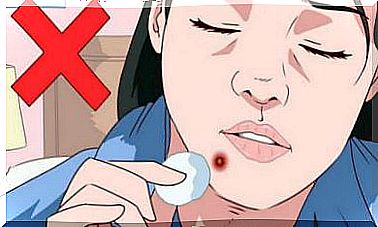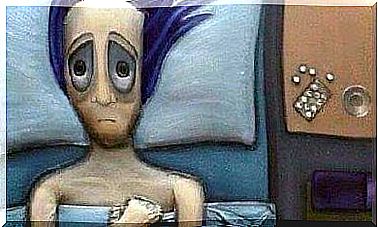Joint Pain: Possible Causes
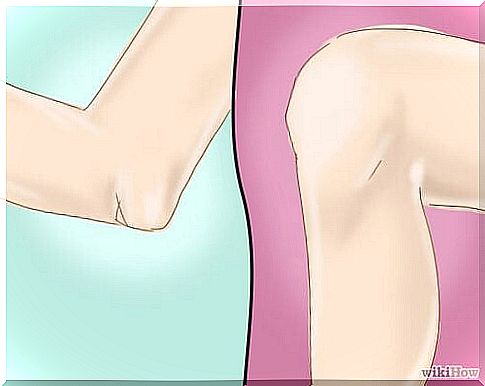
We often have joint pain, but we do not know why, since we have not subjected our body to excessive or particularly intense effort.
An example is the case of sciatica. In fact, you may experience pain and weakness in the leg area when the cause lies in the lumbar area of the back. This is where the sciatic nerve is born, which also affects the mobility of the leg.
If this is the case for you and you experience joint pain quite often, we present the possible causes. Take note.
Joint pain: fibromyalgia

If you experience generalized pain with more intense and specific peaks, you should undergo a check-up to rule out possible fibromyalgia.
It is also advisable to exclude other causes of generalized pain, such as those of a metabolic nature. These causes are related to connective and neuropathic tissue disorders.
If you think this may be the case, your best bet will be to see your doctor.
Don’t worry, the diagnosis is very simple to do. Most of the time, checking the patient’s medical history and a small physical examination by the rheumatologist are more than enough.
Inflammation

Single joint pain is usually accompanied by redness. It also restricts movement due to the inflammation that accompanies it.
It must be borne in mind that the most common cause of inflammation in a single joint is trauma and the important thing, in this case, is to verify the presence or not of an infection.
Gout
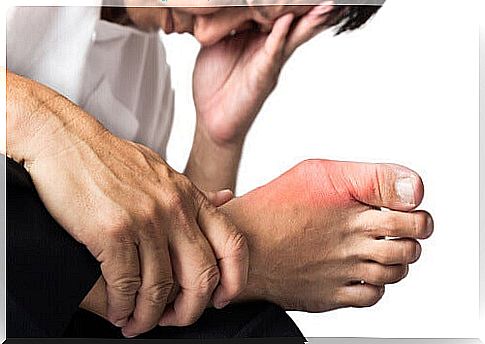
If you have gout, joint pain could be a consequence of this condition.
As people with an accumulation of uric acid crystals well know, the pain associated with gout is severe and sudden and can also lead to redness or swelling of the area surrounding the joints.
If the pain is caused by gout, it will progress slowly and progressively, as in the case of osteoarthritis. It may take weeks or even months to develop and is not always accompanied by inflammation.
Arthritis
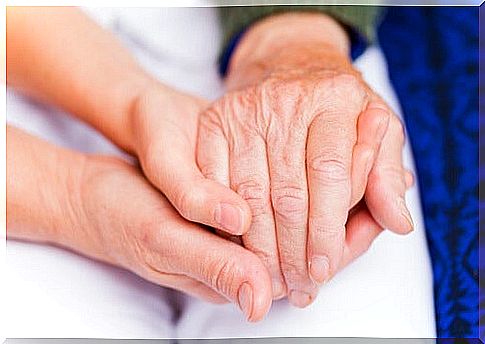
In this case, the pain affects not only one joint, but several, especially the area of the spine, pelvis and hips.
This results in noticeable discomfort in the lower back or hips, as well as numbness or stiffness in the joints in the morning. If this is the case, you may have arthritis.
Even if a direct association cannot be established at first, the appearance of gastrointestinal and skin problems, such as psoriasis, can also be a sign of arthritis.
These can be crucial in making a diagnosis which, although it doesn’t seem like it, is quite common among people under the age of 40.
Tendonitis and bursitis
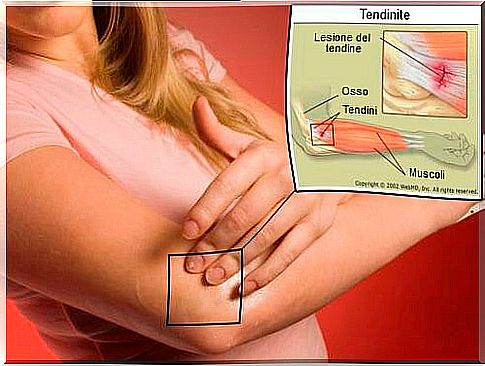
Other causes of joint pain are tendonitis and bursitis.
Tendonitis is inflammation of the tendon, the part of the body that connects bones to muscle in order to be able to move the joint.
Bursitis, on the other hand, is an inflammation of the serous bursa, a kind of tissue pad that is located under the tendons and that prevents friction between the tendon and the bone.
In both cases, therefore, if these two areas are inflamed, you may complain of intense pain in the joints.
Inflammation
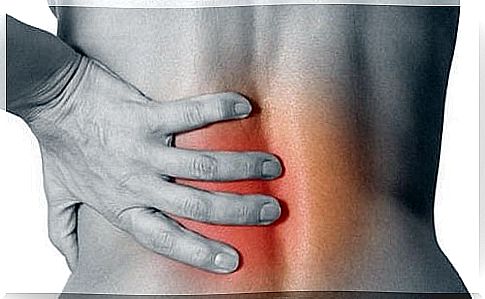
Sometimes small inflammations occur with no apparent cause. This aspect must also be taken into consideration in case of localized pain.
If you have generalized pain with specific pain points, it is important to consider the causes related to the metabolic system, as well as certain connective tissue changes and neuropathic changes.
In any case, if the pain persists, it is best to contact your doctor to get a more precise diagnosis.

